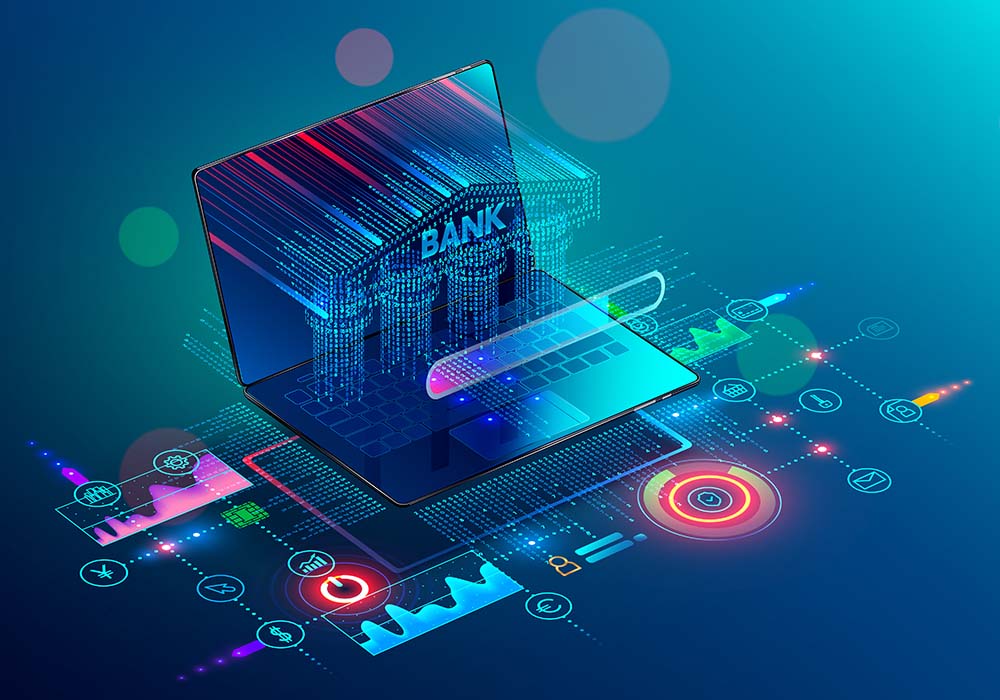Reimagine Banking Via Innovative Tech & Ecosystems for 2025 and Beyond
- Banking innovations are appearing quickly
- A flexible, modular core banking system is recommended
- Ecosystems and third-party integrations are vital
It’s no secret to anyone involved in the banking industry that innovations are appearing very quickly – keeping up is a real challenge! However, given society's growing on-demand expectations and need for speed, "keeping up" is not only a good idea, but a matter of survival.
Toward that end, an International Banker blog post by Siobhan Byron, Executive Vice President at Universal Banking, Finastra, highlights the importance of a flexible, modular core banking system that can enable the sort of rapid innovation that is becoming the norm. Through the use of microservices and APIs, she explains, banks are able to seamlessly implement new functionality -- including check automation solutions like OrboAnywhere -- without disrupting their existing infrastructure.
Reimagining Banking for 2025 and Beyond
Looking ahead to 2025, financial institutions will need to prioritize agility and innovation in order to keep pace with rapidly evolving customer demands and tech advancements.

Core Banking Infrastructure
A critical first step: Transform the core banking infrastructure.
Historically, retail banks have deployed what is known as the “rip and replace” strategy—a high-profile, high-stakes digital-transformation approach. This involves replacing existing core-banking systems with new, cutting-edge solutions. On paper, it seems like a logical path to embracing the promises of technology, and if you can achieve it successfully, it’s like magic. However, the reality often falls short, and the risks associated with these massive overhauls are often underestimated.
Ms. Byron also notes that this strategy typically comes with high costs, extended timelines, and disruption of critical banking operations.
As a result, more banks are choosing a more flexible, modular strategy, pointing to an example where the "next-generation core-banking system is deployed alongside existing infrastructure, enabling rapid innovation while minimizing costs and disruptions."

Importance of Application Programming Interfaces (APIs)
While APIs are not a new technology, it cannot be overstated how important they are in the banking ecosystem now and in the future.
![shutterstock_2527549225 [Converted]-01 shutterstock_2527549225 [Converted]-01](https://orbograph.com/wp-content/uploads/2025/02/shutterstock_2527549225-Converted-01-scaled.jpg)
Through APIs, core banking systems are able to integrate new technologies like OrbNet AI from OrboGraph seamlessly. These technologies not only serve to automate processes, but also meet the "need for greater access to data and the ability to use this in a meaningful way," as data extracted from the fields of the check is converted into valuable data for downstream BI systems.
Collaboration with Fintechs Key for Core Systems
Ms. Byron underscores the power of ecosystems and third-party integrations. Banks are increasingly relying on these partnerships to enhance their offerings, particularly when it comes to fraud detection. This is already a reality with Jack Henry & Associates and FIS, where OrboGraph's OrbNet Forensic AI technologies are integrated into core banking solution offerings for banks and credit unions. This enables banks to strengthen security against growing fraud threats.
As the banking landscape continues to evolve, financial institutions must be willing to reimagine their operations and embrace innovative technologies and collaborative ecosystems. By doing so, they can position themselves for success in 2025 and beyond.